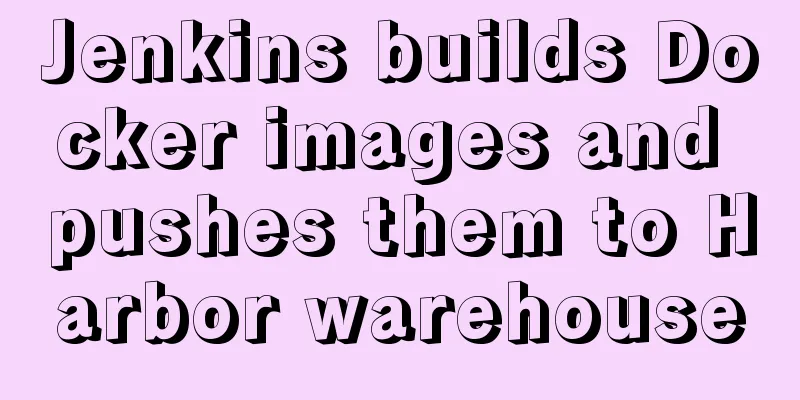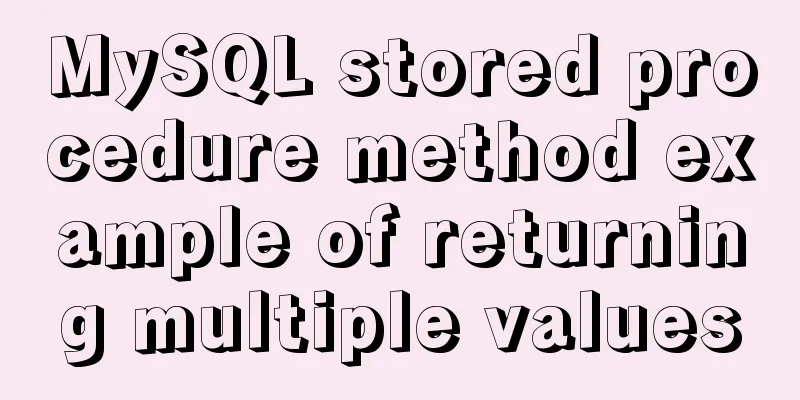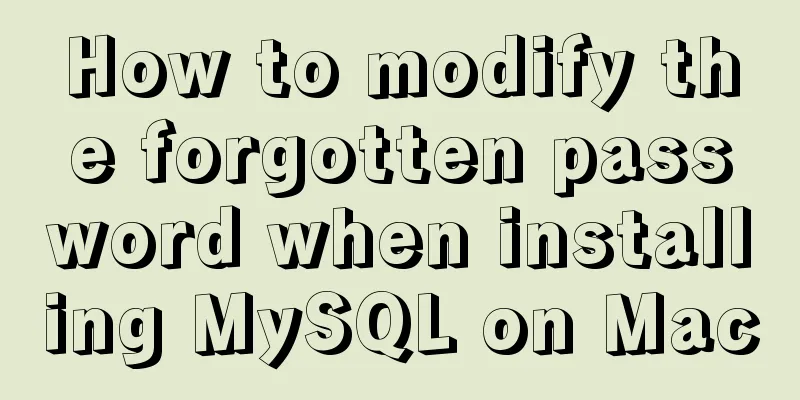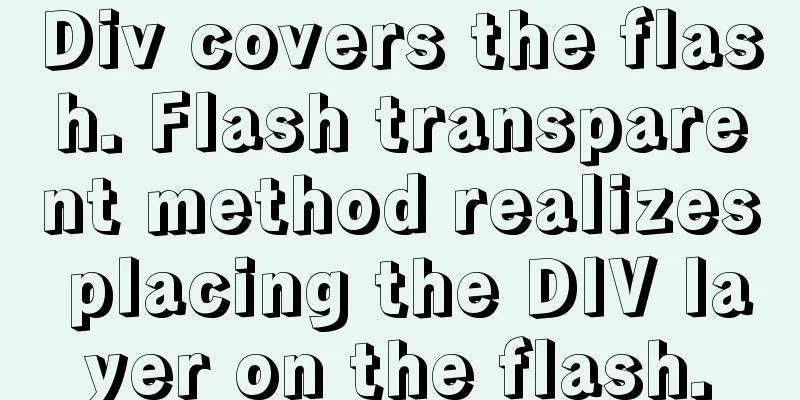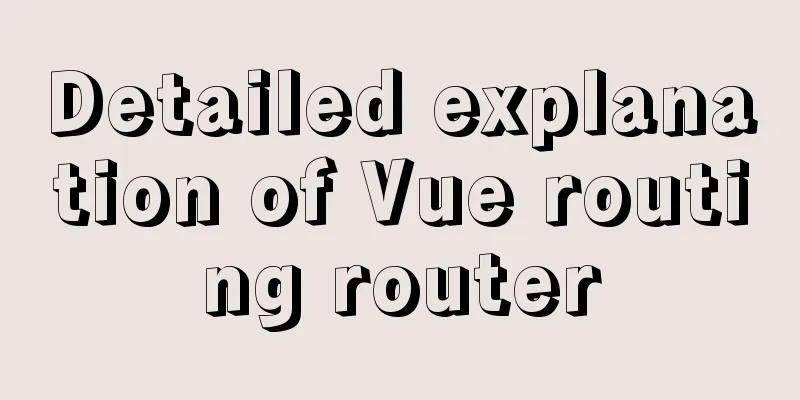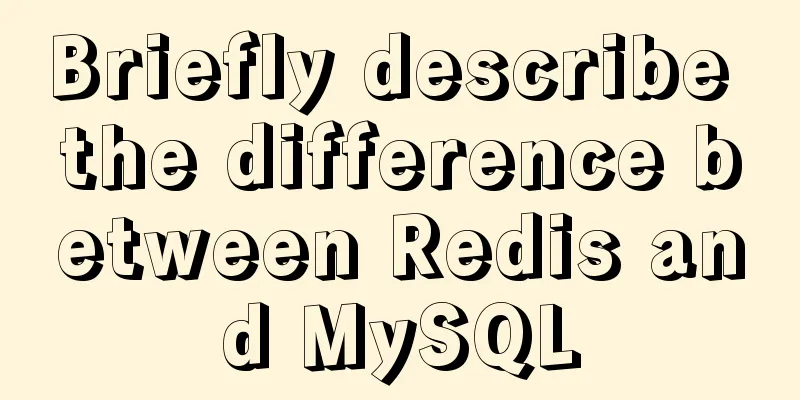4 Practical Tips for Web Page Design
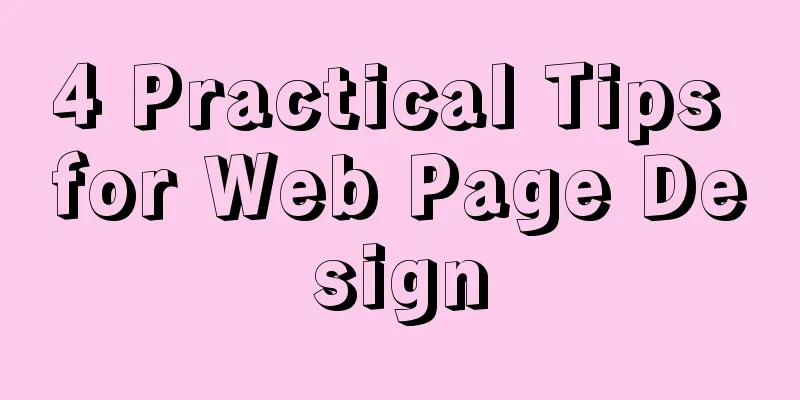
|
Related articles: 9 practical tips for creating web content pages<br /> Page design 1. Before you start writing text, looking for images and making HTML tags, you should first organize the basic web page structure. If you don't have a fairly clear structure in mind when you start, you're almost certain to end up in a mess. Unload some of your favorite pages, check the HTML source file to see how it is written, and paste all or part of it into a test file to test it. Copying entire pages from someone else is plagiarism, but learning from someone else is research. 2. When people first come to your homepage, they are usually not looking for something worth reading. They may be looking for options, which in hypertext terms are words, images, buttons, etc. that can be clicked with the mouse. The next step is to read the text, select an option, press the mouse button, and repeat the process when the next page appears. The trick here is determining the appropriate ratio of key presses while reading. Provide too few options and visitors will find it boring, while provide too many and it may intimidate them. 3. If the page contains a large amount of information, you must determine the target readers before starting to design the page. It makes sense for novices or new visitors to have a fixed file structure and give instructions at the beginning. For example, a table of contents or some similar structure. If you are trying to satisfy readers who are at different levels of knowledge or experience, providing restrictive cues can allow some readers to skip the basics and get to the point. Consider readers at all levels when providing links. 4. Don’t overwhelm your readers. You don't have to clutter your web pages with sound and images, and don't make files so long that your readers have to wait for a long time while they load, so use images with caution: large images will obviously slow down the creation of the page, but so will many small images that need to be loaded sequentially. |
<<: JavaScript to achieve floor effect
Recommend
HeidiSQL tool to export and import MySQL data
Sometimes, in order to facilitate the export and ...
Deploy Varnish cache proxy server based on Centos7
1. Varnish Overview 1. Introduction to Varnish Va...
Resolving MySQL implicit conversion issues
1. Problem Description root@mysqldb 22:12: [xucl]...
Detailed installation and configuration tutorial of mysql5.7 on CentOS
Install Make sure your user has permission to ins...
Implementation of Nginx configuration and access to local static resources in Mac environment
Sometimes local development requires debugging of...
MySQL 8.0.22 zip compressed package version (free installation) download, installation and configuration steps detailed
Table of contents The first step is to download M...
CentOS 7.9 installation and configuration process of zabbix5.0.14
Table of contents 1. Basic environment configurat...
TypeScript Enumeration Type
Table of contents 1. Overview 2. Digital Enumerat...
Use nginx + secondary domain name + https support
Step 1: Add a secondary domain name to the Alibab...
Analysis of the reasons why MySQL field definitions should not use null
Why is NULL so often used? (1) Java's null Nu...
vue3+ts+EsLint+Prettier standard code implementation
Table of contents use Use of EsLint Add a profile...
What you need to know about filters in Vue
Table of contents Preface What is a filter How to...
Element uses scripts to automatically build new components
Table of contents background How does element-ui&...
MySQL full-text fuzzy search MATCH AGAINST method example
MySQL 4.x and above provide full-text search supp...
CSS implements various loading effects with parsing process
HTML <div class="spinner"></di...


